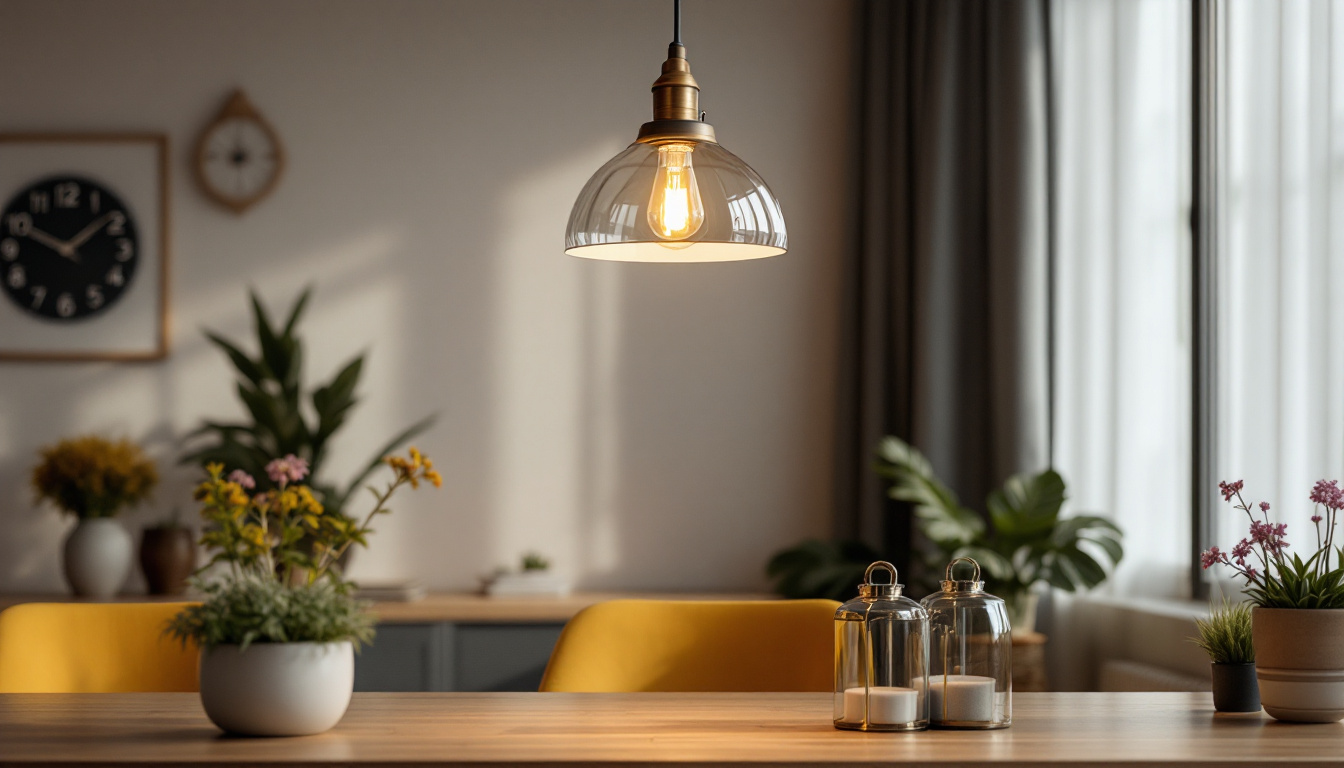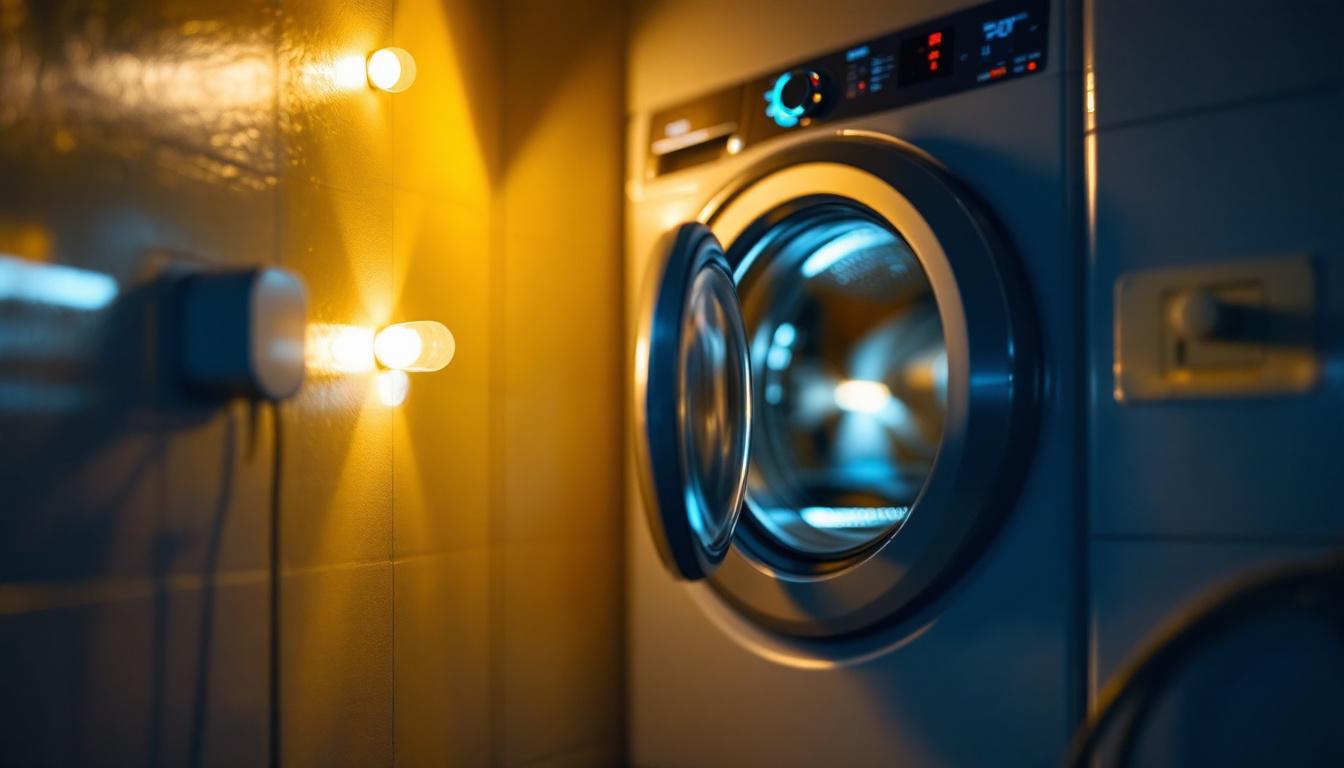
Pendant lights have become a staple in modern interior design, offering both functionality and aesthetic appeal. These hanging fixtures can transform a space, providing focused illumination while adding a decorative element. However, for lighting contractors, the installation of pendant lights comes with its own set of challenges. Understanding these pitfalls is crucial for ensuring a successful project and satisfied clients.
This guide aims to equip lighting contractors with essential insights into the common mistakes associated with pendant lighting installations. By recognizing these pitfalls, contractors can enhance their craftsmanship and elevate the overall quality of their work.
One of the key aspects to consider when installing pendant lights is the height at which they are hung. The ideal height can vary depending on the room’s purpose and the design of the fixture. For instance, in dining areas, pendants should typically be positioned 30 to 36 inches above the table to provide adequate lighting without obstructing views. Conversely, in spaces like kitchens or entryways, the height may differ to create a more open and inviting atmosphere. Additionally, the spacing between multiple pendants should be carefully calculated to ensure even illumination and a cohesive look, which can greatly enhance the overall design of the room.
Another important consideration is the selection of the right bulb for the pendant fixture. The choice of bulb can significantly affect the ambiance of a space, as well as the energy efficiency of the lighting. LED bulbs, for example, offer a long lifespan and lower energy consumption, making them a popular choice for modern installations. However, the color temperature of the bulb is equally important; warmer tones can create a cozy and inviting environment, while cooler tones may be more suitable for task-oriented areas. By understanding the nuances of bulb selection, lighting contractors can provide tailored solutions that meet both the functional and aesthetic needs of their clients.
One of the primary considerations when installing pendant lights is the height of the ceiling. In spaces with high ceilings, pendant lights can create a dramatic effect, but they must be hung at an appropriate height to avoid overwhelming the room. Conversely, in spaces with lower ceilings, pendant lights should be installed at a height that allows for comfortable movement without obstruction.
As a rule of thumb, pendant lights should hang approximately 30 to 36 inches above a dining table or kitchen island. However, this height can vary based on the specific design and purpose of the fixture. Always consider the scale of the room and the furniture layout to ensure a harmonious balance. Additionally, the style of the pendant light can also influence how it interacts with the ceiling height; for example, a long, linear pendant may require a different height than a round, globe-shaped fixture. It’s also worth noting that the color and finish of the pendant can affect how light is perceived in the space, with darker finishes potentially absorbing more light and altering the overall ambiance.
Different spaces serve different purposes, and the functionality of a room should dictate the type of pendant light selected. For instance, a kitchen may benefit from brighter, task-oriented lighting, while a living room might call for softer, ambient illumination. Understanding the intended use of the space will guide the selection of the appropriate pendant light style, size, and brightness.
Moreover, consider how the pendant light will interact with other light sources in the room. A well-lit space often requires a combination of ambient, task, and accent lighting to create a balanced atmosphere. Ensuring that the pendant light complements existing fixtures is essential for achieving a cohesive design. For example, if the room features recessed lighting, the pendant should not only provide additional light but also enhance the overall aesthetic. Layering different types of lighting can create depth and interest, making the space feel more inviting. Additionally, think about the color temperature of the bulbs used in the pendant; warmer tones can create a cozy feel, while cooler tones can lend a more modern, energetic vibe to the room. This attention to detail can significantly elevate the overall ambiance and functionality of the space.
When it comes to pendant lights, size is a critical factor. A fixture that is too small can get lost in a large space, while one that is too large can dominate a small room. To avoid this common pitfall, it is advisable to consider the dimensions of the room and the scale of the furniture.
A simple formula for determining the appropriate size is to add the room’s dimensions in feet and convert that number into inches. For example, a room that is 10 feet by 12 feet would require a pendant light that is approximately 22 inches in diameter. This guideline helps ensure that the light fixture is proportionate to the space.
The style of the pendant light should align with the overall design theme of the space. Whether the design is modern, traditional, or eclectic, the choice of materials, colors, and shapes should complement the existing decor. A mismatched pendant light can disrupt the visual flow of a room, making it feel disjointed.
Additionally, consider the finish of the pendant light. For instance, a polished chrome fixture may not suit a rustic farmhouse kitchen, while a vintage Edison bulb might feel out of place in a sleek, contemporary dining area. Selecting a fixture that harmonizes with the room’s aesthetic will enhance the overall appeal.
Proper wiring is essential for the safe installation of pendant lights. Before beginning the installation process, it is crucial to assess the existing electrical setup. Ensure that the electrical box can support the weight of the pendant light and that the wiring is up to code. If the existing wiring is outdated or insufficient, it may be necessary to upgrade it to accommodate the new fixture.
During installation, pay careful attention to the manufacturer’s instructions regarding mounting and wiring. Many pendant lights come with specific installation requirements that must be followed to ensure safety and functionality. Failing to adhere to these guidelines can lead to electrical hazards or fixture malfunctions.
The choice of light bulb can significantly impact the performance and ambiance of a pendant light. Different bulbs emit varying levels of brightness and color temperatures, which can alter the mood of a room. For example, warm white bulbs create a cozy atmosphere, while cool white bulbs provide a more energetic feel.
Additionally, consider the energy efficiency of the selected bulbs. LED bulbs are a popular choice due to their longevity and low energy consumption. However, it is essential to ensure that the chosen bulb is compatible with the pendant light fixture, as some fixtures may have restrictions on bulb types.
Determining the optimal hanging height for pendant lights is crucial for both aesthetics and functionality. As mentioned earlier, the general guideline is to hang pendant lights 30 to 36 inches above surfaces like tables or countertops. However, this can vary based on the specific design and purpose of the fixture.
In spaces where multiple pendant lights are used, such as over a kitchen island, maintaining consistent heights is essential for visual harmony. Consider using adjustable pendant lights or a multi-light fixture to achieve a cohesive look while providing adequate illumination.
When installing multiple pendant lights, consider varying their heights to create visual interest. This technique can add depth and dimension to a space, making it feel more dynamic. However, it is essential to maintain a sense of balance; avoid placing lights too far apart or too close together, as this can disrupt the overall flow.
In addition to height variation, consider grouping pendant lights in clusters. This approach can create a focal point in the room, drawing the eye and enhancing the overall design. Just be sure to maintain adequate spacing between fixtures to prevent overcrowding.
To ensure that pendant lights continue to shine brightly, regular cleaning is essential. Dust and grime can accumulate on fixtures over time, diminishing their appearance and performance. Depending on the material of the pendant light, cleaning methods may vary.
For glass or crystal fixtures, a gentle glass cleaner and a soft cloth can help maintain clarity and shine. Metal fixtures may require a specialized cleaner to prevent tarnishing or corrosion. Establishing a routine cleaning schedule can help prolong the life of the fixture and keep it looking its best.
Over time, light bulbs will need to be replaced, and components may require maintenance. Encourage clients to be proactive about replacing burnt-out bulbs promptly to maintain consistent lighting. Additionally, if a pendant light begins to flicker or show signs of electrical issues, it is crucial to address these problems immediately to prevent further damage.
As a lighting contractor, providing clients with guidance on maintenance and care can enhance their overall satisfaction and ensure the longevity of their pendant light fixtures.
Installing pendant lights can be a rewarding endeavor for lighting contractors, offering the opportunity to enhance the beauty and functionality of a space. However, avoiding common pitfalls is essential for achieving successful installations. By understanding the importance of space evaluation, fixture selection, electrical considerations, and maintenance, contractors can elevate their work and deliver exceptional results.
Ultimately, pendant lights are more than just sources of illumination; they are design elements that can transform a room. By approaching each installation with careful consideration and expertise, lighting contractors can ensure that their clients enjoy the full benefits of these stunning fixtures.
Ready to take your lighting installations to the next level? At LumenWholesale, we provide lighting contractors with the finest selection of pendant lights and accessories to ensure every project shines. Our commitment to quality, affordability, and convenience means you can access spec-grade lighting products at wholesale prices, with the added benefit of free shipping on bulk orders. Don’t let inflated markups dim your project’s potential. Choose LumenWholesale for Wholesale Lighting at the Best Value and brighten your client’s spaces with confidence and style.

Discover essential tips for lighting contractors to seamlessly integrate solar-powered lights with switches.

Discover how high pressure sodium bulbs can revolutionize your lighting projects by saving time and reducing costs.

Discover the pivotal role Atlas Lighting Burlington plays in the success of lighting contractors.

Discover the essential guide to dryer plug-ins and learn how to future-proof your lighting projects.